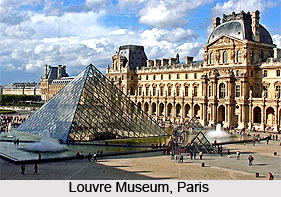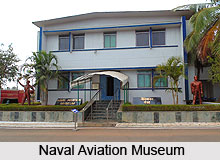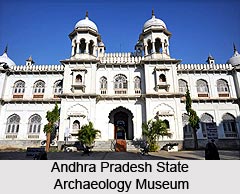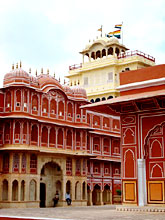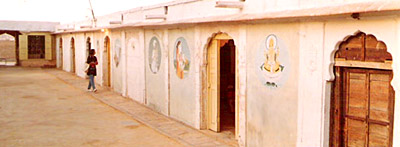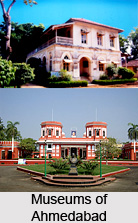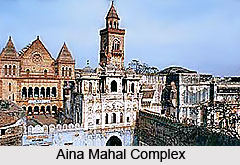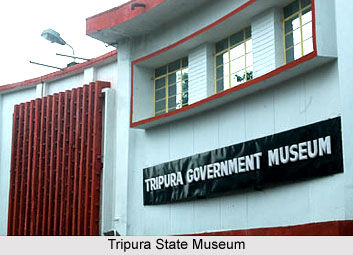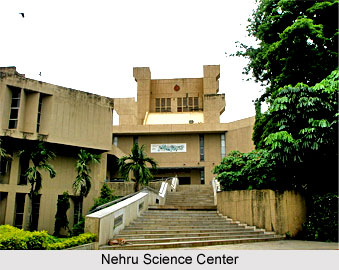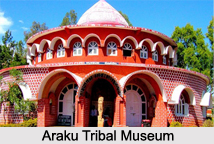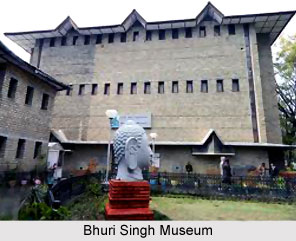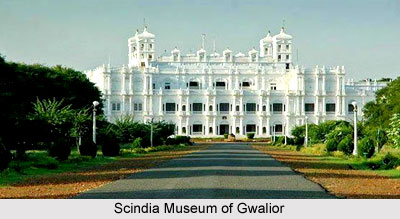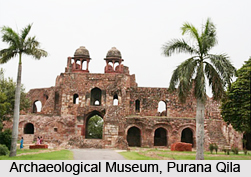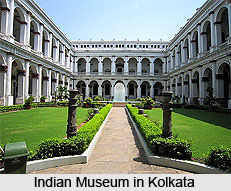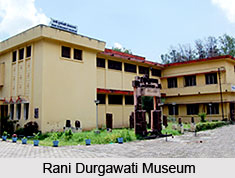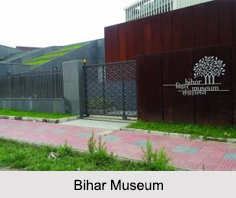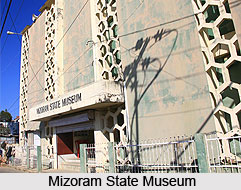Asiatic Society was founded by Sir William Jones on January 15, 1784. The society acted as a kind of catalyst in archaeological research in that the study of antiquities found an institutional focus among the Europeans in India. Jones was interested in Indian products including plants and timber, the traditional system of Indian legal philosophy and the study of Sanskrit literature. The Society`s journal, Asiatick Researches was edited by Jones, where his `discourses`, before the Society were published between 1788 and 1793. There were ten such `discourses` which constitute the basic source of his ideas about ancient India.
Formation of Asiatic Society
William Jones came to India as a judge of the British East India Company court in Kolkata after a career as an oriental scholar and poet in England. He was very interested in the Oriental arts and works and it war with his initiative that the society was set up. The decision to form the society was taken in a meeting presided over by Sir Robert Chambers, the Chief Justice of the Supreme Court at the Fort William in Calcutta, then capital of the British Raj. The main reason behind forming the society was to f to enhance and further the cause of Oriental research.
Library of Asiatic Society
The library of the Asiatic Society is a storehouse of rich and unique contents. The huge collection of the library has been developed mainly with gifts given by the members. The books, coins, drawings, manuscripts, antiquarian and things of historical significance were demonstrated during the meetings of the society and the Secretary was responsible for keeping them in his custody. The collection of the books was categorized into three major sections namely Printed Books and Periodicals, Museum Objects and Manuscripts and Archives. Further, the Printed Books Department has four categories like European Languages, Perso-Arabic and Urdu, Sino-Tibetan and South-Asian Languages and Sanskrit and other Modern Indian Languages.
Museum of Asiatic Society
The proposal for the construction of a Museum of the Asiatic Society was forwarded in 1796. And the structure got its final shape during the initial phase of 1814. Dr. N. Wallich was appointed as the supervisor of this Museum of the Asiatic Society. The Museum of the Asiatic Society flaunts a massive as well as remarkable repertory of Paintings, Manuscripts, Bronzes, Numismatic articles, i.e., coins, and Inscriptions. In 1849, the Museum launched the publication of its first catalogue, along with the informative catalogues, detailing regarding the other segments. Besides these a wide array of paintings, treasures, marvellous specimens such as the painting imaging Cupid asleep on Cloud, painted by the famous Artist Joshua Reynolds can also be found at the Asiatic Society. Moreover, Guido`s Cleopatra, A Ghat at Varanasi by Daniell, and other instances, glorify the gallery of paintings.
Contribution of Asiatic Society
The Asiatic Society authorities were the masterminds behind the construction of a public museum in Kolkata, so as to create awareness about the value of antiquity and heritage in India. Inevitably their proposal made to the Indian Government in 1839, received its appropriate response with the inauguration of the Indian Museum, Kolkata in 1866. The Asiatic Society, Kolkata had donated many of the precious items of its repository to the Indian Museum.
In the field of archaeology the contribution of Asiatic Society in Kolkata is undeniable. When James Prinsep, Assay-master of the East India Company mint in Kolkata, became the Secretary of the Asiatic Society in the early 1830`s, he played a major role in the initiation of field research. His own contribution to Indian studies makes him a legendary character. He was primarily responsible for the decipherment of the two most important historical scripts of India namely Brahmi Script and Kharosthi Script. With the decipherment of these two ancient scripts rapid progress was made in the fields of epigraphical and numismatic studies. This, in turn, led to a proper understanding of the chronology of historical sites. This was also the time when attempts were made to understand Buddhist legends on the basis of the two Sri Lankan chronicles, the Dipavamsa and the Mahavamsa. An important result was the discovery of the name Piyadasi or Ashoka in these Buddhist chronicles.
The Asiatic Society, Kolkata, has gone a long way in escalating the disciplines of Humanities and Science to the high pedestals of research and subsequent improvement. The Asiatic Society has propelled the establishment of the Trigonometrical Survey of India in 1818, the Geological Survey of India in 1851, the Indian Metrological Department in 1875, the Zoological Survey of India in 1911, and the Botanical Survey of India in 1912, etc.
